Sustainable Garden Design: Create Eco-Friendly and Beautiful Outdoor Spaces
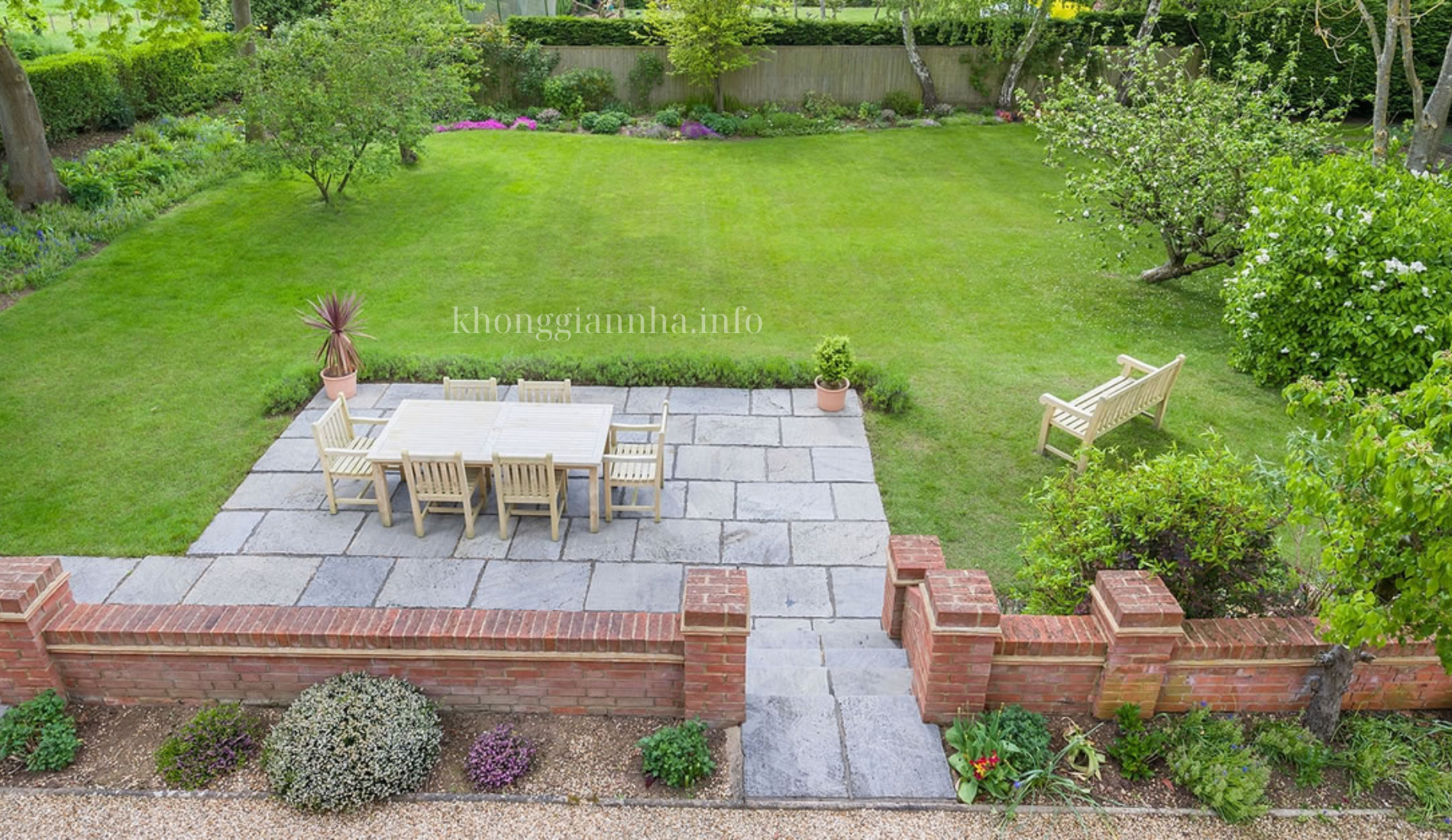
Sustainable garden design is about creating outdoor spaces that are not only beautiful but also environmentally friendly. By integrating eco-conscious practices and materials, you can cultivate a garden that conserves resources, supports local wildlife, and reduces your carbon footprint. From choosing native plants to implementing water-saving techniques, sustainable garden design provides a way to enhance your outdoor living area while being kind to the planet. Here’s a comprehensive guide to designing a sustainable and beautiful garden.
Key Highlights
- Eco-Friendly Plant Selection: Choose plants that thrive in your local environment and support local biodiversity.
- Water Conservation Techniques: Implement strategies to reduce water usage and manage runoff effectively.
- Sustainable Materials: Use materials that are environmentally friendly and have a minimal impact on the ecosystem.
- Wildlife Support: Create habitats that attract and support local wildlife.
- Energy Efficiency: Incorporate design elements that enhance energy efficiency and reduce maintenance needs.
Eco-Friendly Plant Selection
Selecting the right plants is crucial for a sustainable garden. Opting for native and drought-tolerant species can reduce the need for excessive watering and chemical treatments.
Native Plants
- Description: Native plants are species that naturally occur in your region and are adapted to the local climate and soil conditions.
- Why They’re Sustainable: Native plants require less water, fertilizer, and pesticides, and they provide essential habitat and food sources for local wildlife.
Drought-Tolerant Plants
- Description: Drought-tolerant plants are able to survive and thrive with minimal water once established.
- Why They’re Sustainable: These plants reduce the need for frequent irrigation, helping conserve water and lower maintenance efforts.
Water Conservation Techniques
Efficient water use is a key component of sustainable garden design. Implementing water-saving practices can significantly reduce your garden’s environmental impact.
Rainwater Harvesting
- Description: Collecting and storing rainwater for use in irrigation systems.
- Why It’s Sustainable: Rainwater harvesting reduces dependence on municipal water supplies and helps manage runoff, minimizing water waste.
Drip Irrigation
- Description: A drip irrigation system delivers water directly to the plant’s root zone through a network of tubing and emitters.
- Why It’s Sustainable: Drip irrigation minimizes water evaporation and runoff, providing precise watering and reducing overall water use.
Mulching
- Description: Applying a layer of organic or inorganic material on the soil surface.
- Why It’s Sustainable: Mulching helps retain soil moisture, suppress weeds, and improve soil health, reducing the need for additional watering and chemical treatments.
Sustainable Materials
Using sustainable materials in garden design helps minimize environmental impact and supports eco-friendly practices.
Recycled and Upcycled Materials
- Description: Materials that are repurposed from other uses, such as reclaimed wood, recycled metal, or upcycled containers.
- Why They’re Sustainable: Recycled and upcycled materials reduce waste and the demand for new resources, contributing to a more sustainable garden.
Eco-Friendly Hardscaping
- Description: Hardscaping materials like permeable pavers, which allow water to pass through and reduce runoff.
- Why It’s Sustainable: Eco-friendly hardscaping materials help manage stormwater, reduce erosion, and promote groundwater recharge.
Wildlife Support
Creating habitats for local wildlife can enhance the ecological value of your garden and contribute to biodiversity.
Bird-Friendly Features
- Description: Incorporate bird feeders, baths, and nesting boxes to attract and support local bird species.
- Why It’s Sustainable: Providing food, water, and shelter helps sustain bird populations and encourages natural pest control.
Pollinator Gardens
- Description: Planting a variety of flowers that attract bees, butterflies, and other pollinators.
- Why It’s Sustainable: Pollinator gardens support crucial ecosystem services, such as pollination, and contribute to the health of local plant communities.
Native Wildlife Habitats
- Description: Design garden features like brush piles, rock piles, or native plants that provide shelter for local wildlife.
- Why It’s Sustainable: Creating natural habitats supports local species and promotes a balanced garden ecosystem.
Energy Efficiency
Incorporating energy-efficient elements into your garden design can reduce maintenance needs and energy consumption.
Solar Lighting
- Description: Outdoor lighting powered by solar panels.
- Why It’s Sustainable: Solar lighting reduces electricity use and provides illumination without relying on the grid, making it a cost-effective and eco-friendly option.
Efficient Layout and Design
- Description: Designing garden spaces to optimize natural light and ventilation, and using materials that require minimal upkeep.
- Why It’s Sustainable: An efficient layout minimizes the need for artificial lighting and heating, and durable materials reduce the frequency of replacements and maintenance.
Conclusion
Sustainable garden design offers a way to create beautiful and functional outdoor spaces while being mindful of environmental impact. By selecting eco-friendly plants, implementing water conservation techniques, using sustainable materials, supporting wildlife, and enhancing energy efficiency, you can cultivate a garden that is both aesthetically pleasing and environmentally responsible. Embrace these practices to transform your outdoor space into a harmonious and sustainable haven.
FAQ
What are the benefits of using native plants in a sustainable garden?
Native plants are adapted to the local climate and soil, requiring less water, fertilizer, and pesticides. They support local wildlife and contribute to a more resilient and low-maintenance garden.
How can I reduce water usage in my garden?
Implementing techniques such as rainwater harvesting, drip irrigation, and mulching can significantly reduce water usage and help manage garden moisture efficiently.
What are some examples of sustainable materials for garden design?
Sustainable materials include recycled and upcycled items like reclaimed wood, recycled metal, and permeable pavers. These materials reduce waste and support eco-friendly practices.
How can I support local wildlife in my garden?
Create bird-friendly features, establish pollinator gardens, and design native wildlife habitats to provide food, water, and shelter for local species, enhancing biodiversity and ecological balance.
What are the advantages of using solar lighting in garden design?
Solar lighting reduces reliance on electricity, is easy to install, and provides an eco-friendly and cost-effective solution for illuminating outdoor spaces.
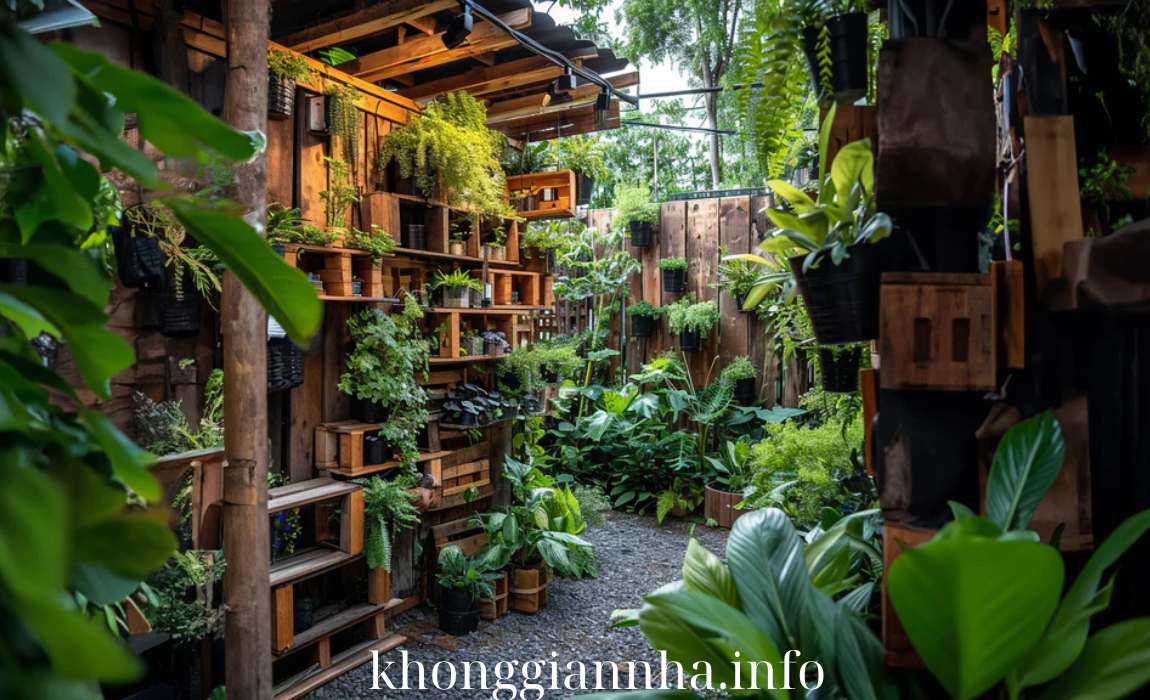
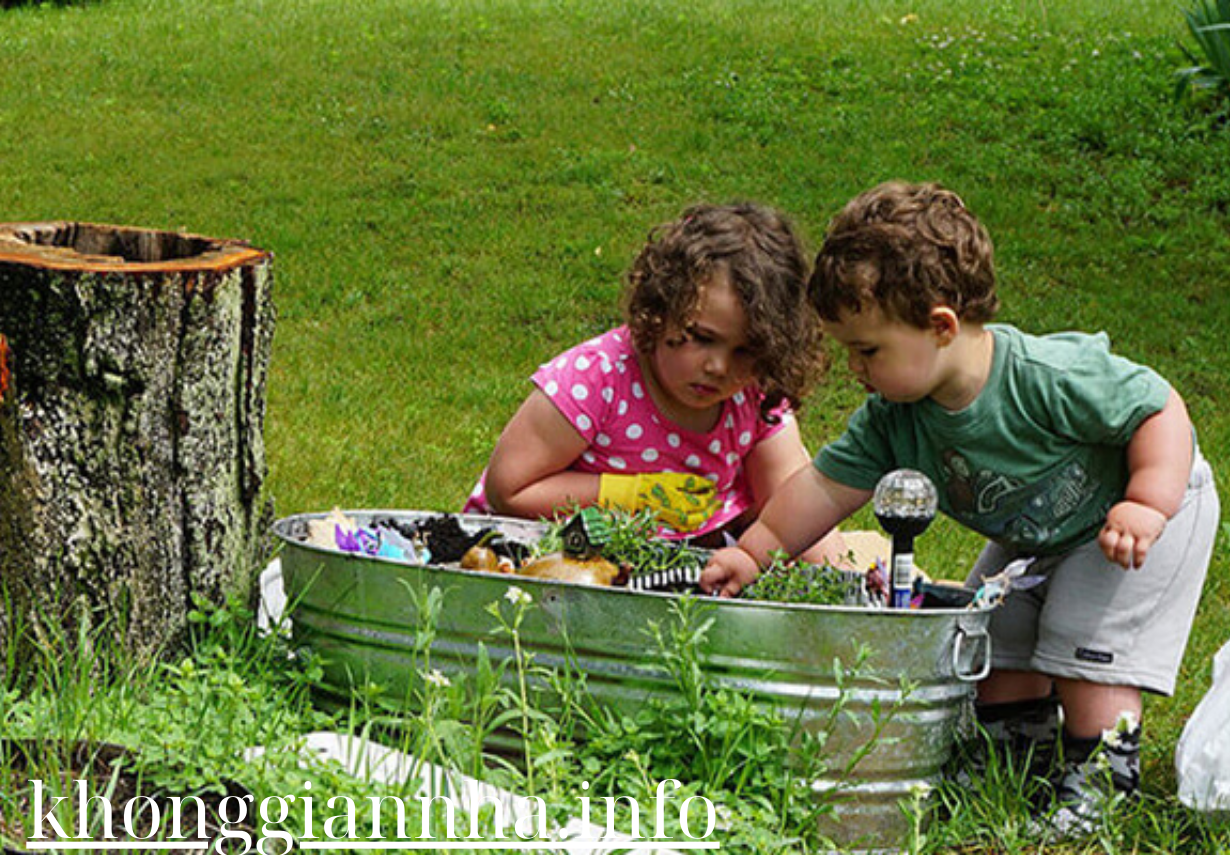
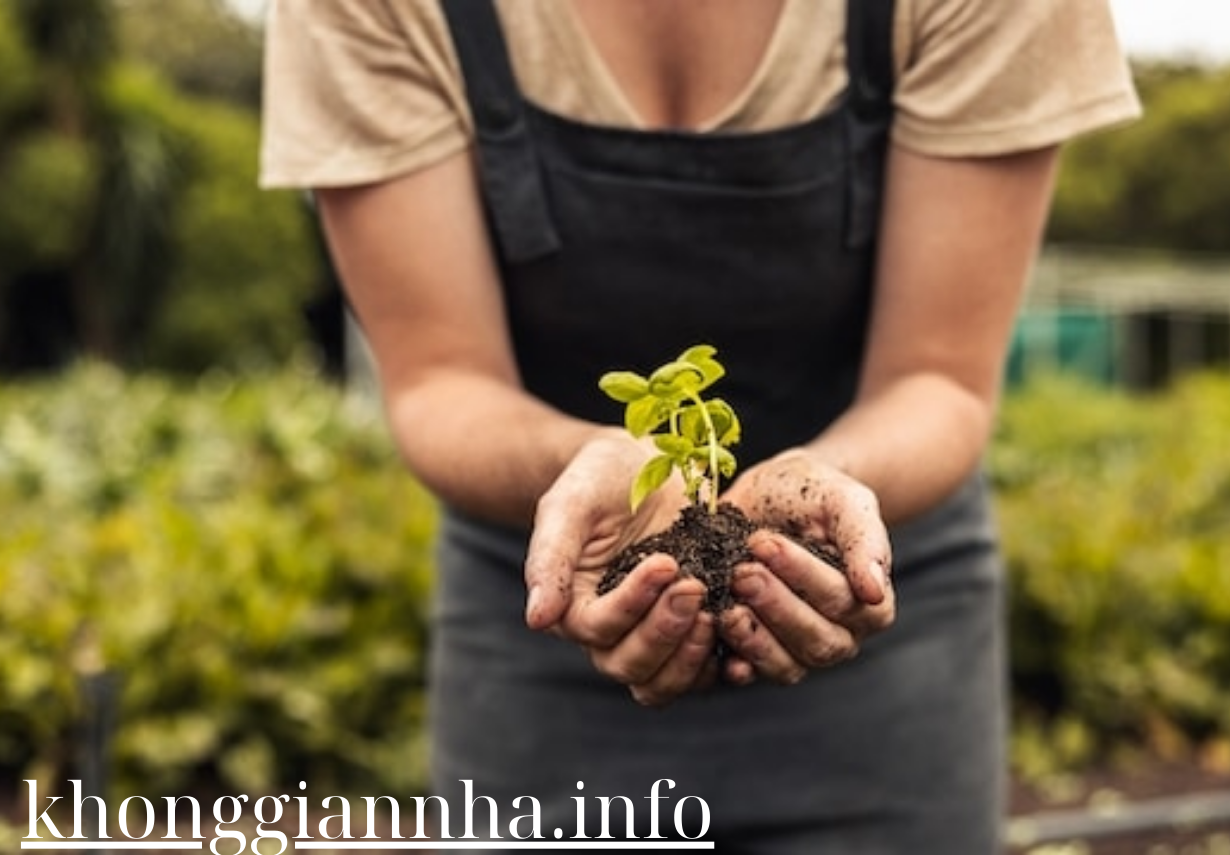

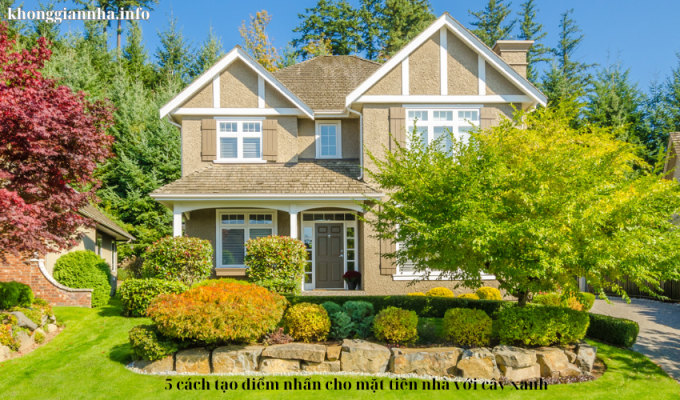
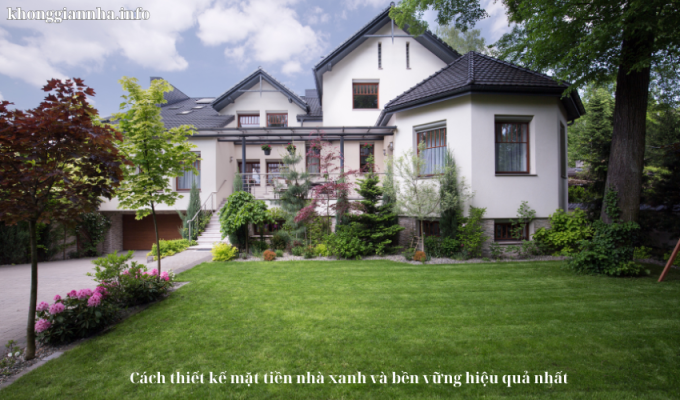
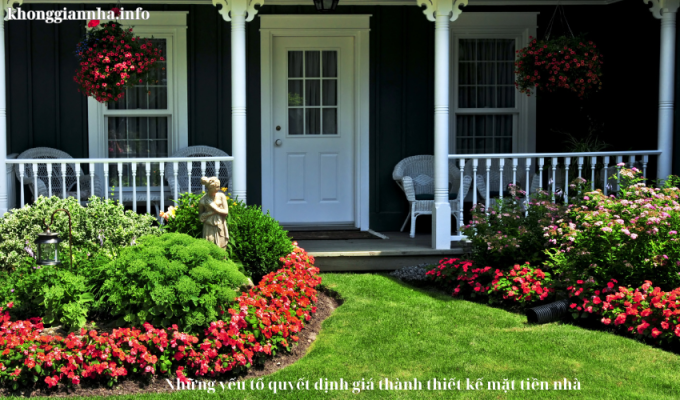
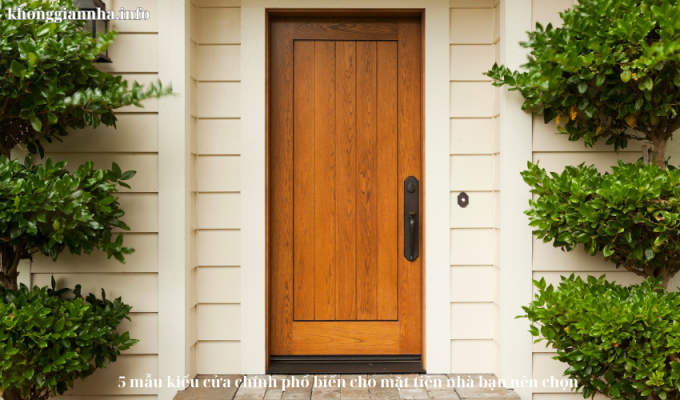
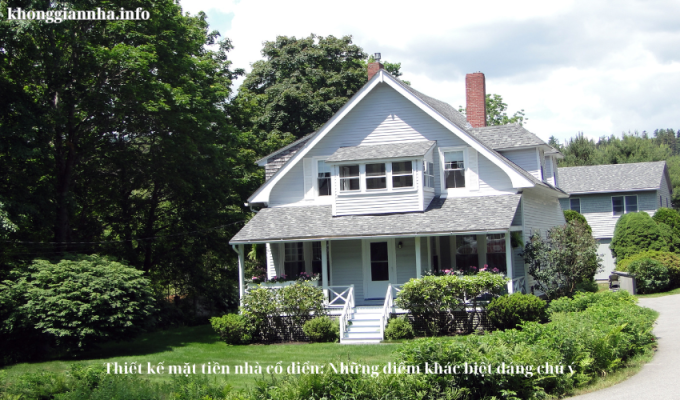
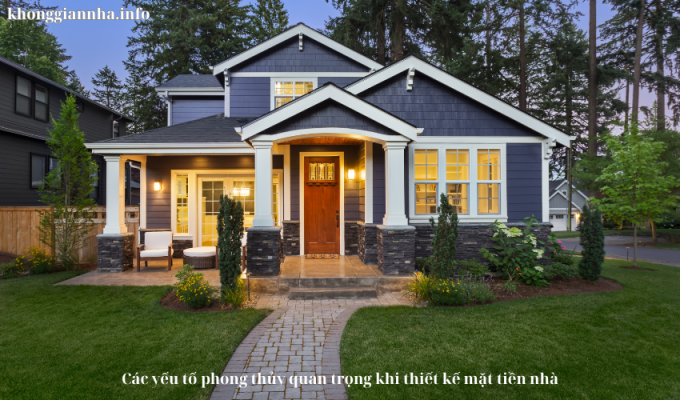
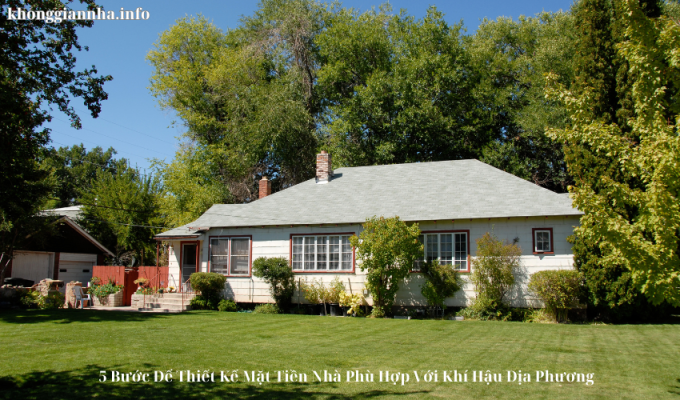

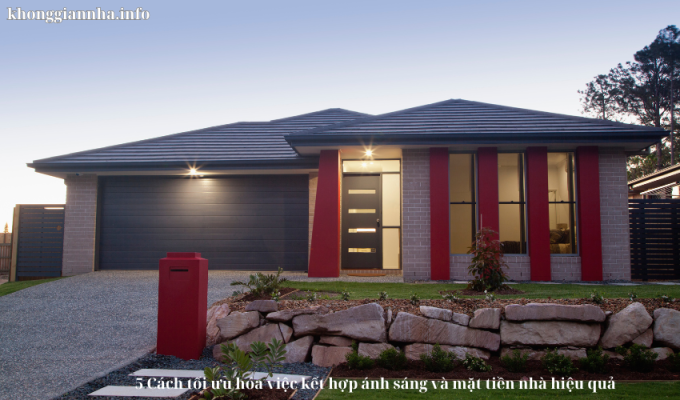
Post Comment